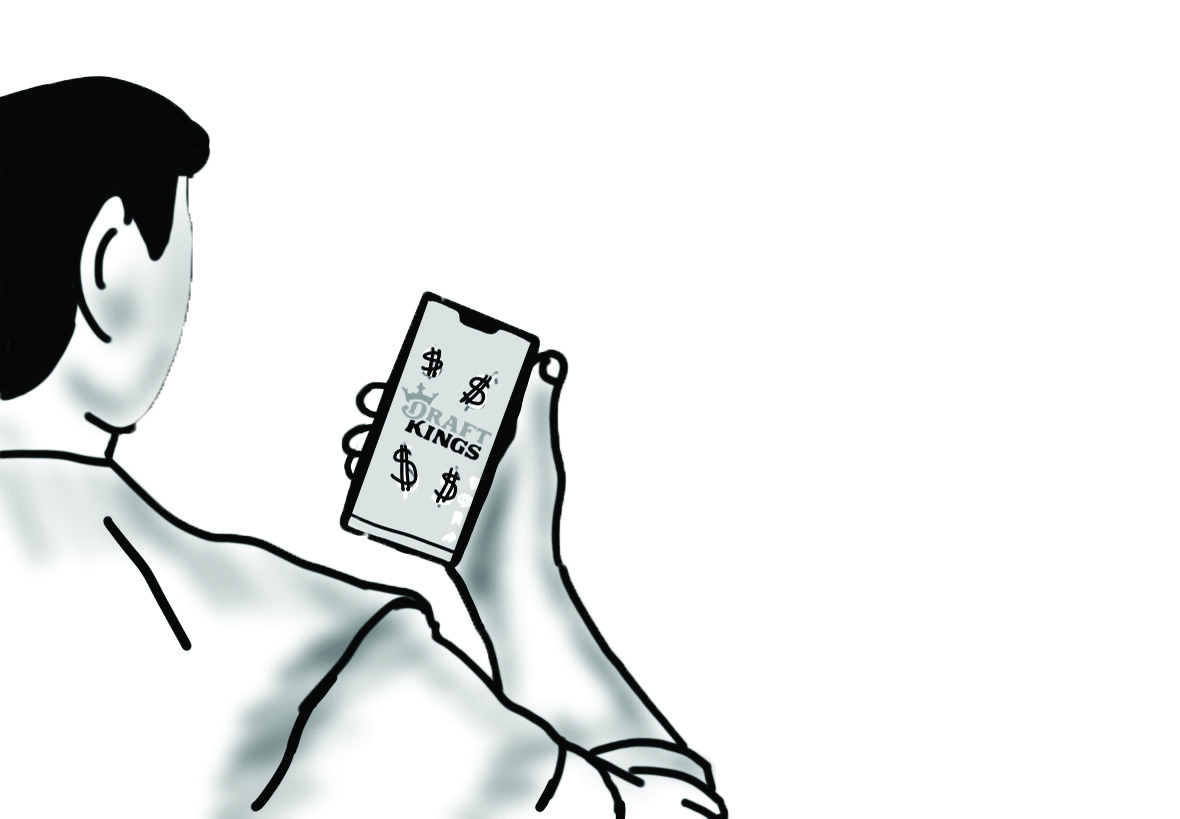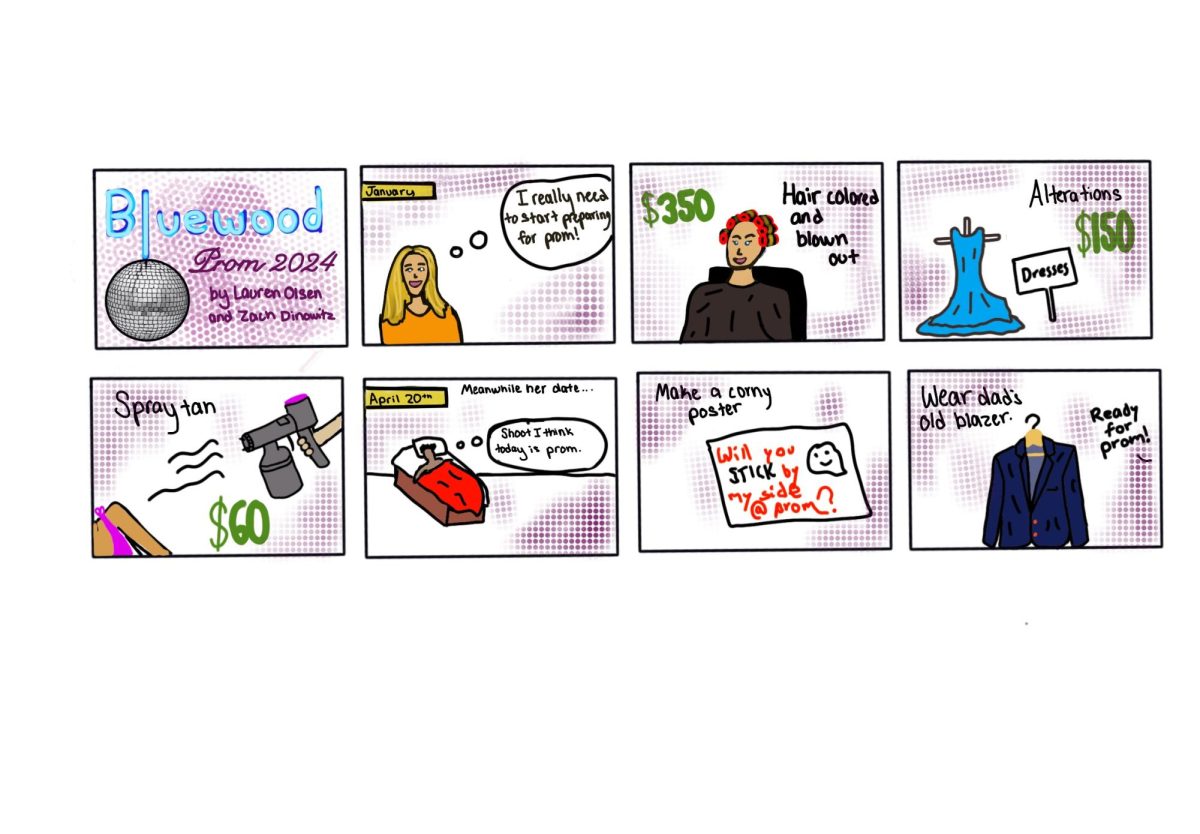When Dylann Roof, the white supremacist who murdered nine Black people at a church in Charleston, South Carolina, was sentenced to death by a federal jury on Jan. 10, millions of Americans vocalized mixed emotions in response to the verdict.
Some believed the only way Roof will pay for his actions was by receiving the same punishment that he inflicted onto those nine Americans, while others felt it was best for him to spend his life in prison.

Although sentencing Roof to death could be considered justice, it’s hypocritical to punish a criminal by inflicting onto them the same exact crime they committed. I wholeheartedly believe that Roof deserves repercussions for his actions, but killing Roof means that he won’t have to live with the decisions he’s made.
Execution as a form of achieving justice is not only economically damaging, but ineffective in achieving its main premise: discouraging those who contribute to the staggering number of homicides our nation experiences each year.
A common misconception is that capital punishment reduces the rate of homicides in the U.S., when in reality there is little evidence that the death penalty deters any crime at all. In fact, according to the Death Penalty Information Center, in states that eliminated the death penalty, the murder rate has declined in the years since the executions stopped. In some years the murder rate in states that don’t have the death penalty was as much as 46 percent lower than those in death penalty states, according to the North Carolina Department of Justice.
Let us not forget that there are recurring patterns of mental instability for the criminals who have committed mass shootings in the past. For example, Adam Lanza, the Sandy Hook assassin, was diagnosed with anxiety disorder, obsessive-compulsive disorder and suicidal disorder, according to the Connecticut Office of the Child Advocate. Additionally, Elliot Rodger, who shot and murdered six people at Isla Vista in 2014, suffered from anxiety disorder, depression and attempted to commit suicide according to the Santa Barbara Sheriff’s Office.
Many of those who commit such heinous crimes are either under the influence of drugs or alcohol or were mentally unstable. Therefore, if their mental state is impaired, then the likelihood of them making rational decisions, such as thinking they would be sentenced to death if they shot numerous people, is extremely slim.
Criminals who experience mental instability won’t be cognizant of the potential consequences of their actions, which completely undermines the whole purpose of the death penalty, a form of justice meant to deter crime.
Not only is it ineffective to sentence Roof to death, but the cost of capital punishment is far more expensive than alternative sentences. On average, cases without the death penalty cost the state $740,000 while cases where the death penalty is tried cost the state $1.26 million, according to the Death Penalty Information Center. In fact, a 2012 study conducted by the Death Penalty Information Center showed that the death penalty has cost California more than $4 billion since 1978.
The study also claimed that transferring all the state’s death sentences to life imprisonment would result in $170 million in savings annually of taxpayers’ money.
The immense funds that are prioritized for capital punishment take away from other programs that help address the factors that lead to higher crime in the U.S., such as gang prevention, mental health services and drug and alcohol treatment.
services.
Providing programs for at-risk youth and mentally unstable people is far more efficient in preventing crime than punishing criminals after it’s too late.
One could argue that “real justice” requires people to suffer for their actions and that each criminal should receive the punishment their crime deserves. However, that statement implies that the death penalty is meant to inflict revenge rather than retribution, which is an immoral act and in many ways sinking down to the criminal’s level. If we, as a nation expect to resolve this problem then we must find alternative punishments, such as life in prison. Life in prison holds criminals accountable for their crime.
At the end of the day, killing Roof won’t stop our nation’s homicide problem. If we, as a united nation, prioritize the funding of crime prevention programs rather than spending money to fund the death penalty for committed criminals, then we could see our murder rate decrease. Capital punishment aside, yes, Roof will be served justice and it’s something he fully deserves. However, killing Roof won’t grant justice to the families of the nine innocent people that he murdered.
















